Camouflaged Cells
Betty Beaumont
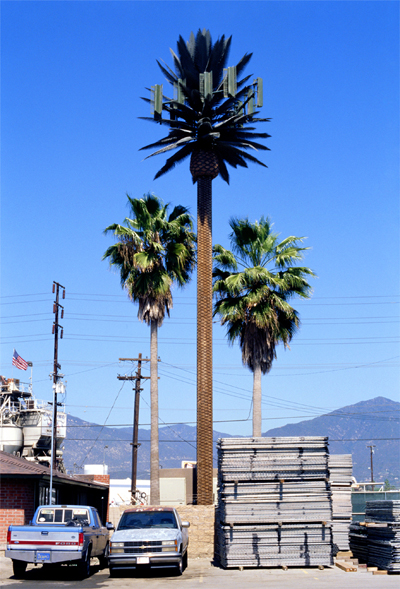
Betty Beaumont is an environmental art pioneer well-known for her work “Ocean Landmark” (1978-80), a thriving ocean-floor habitat created out of 500 tons of processed coal-waste off the coast of New York. Through art, Beaumont aims to challenge us “to re-examine our own beliefs, actions or inactions, tolerance of mis-information, and potential to effect change.” Recently, she has raised questions of aesthetics, individual and community rights, and human health surrounding the ubiquitous cell phone towers that dot the globe.
Beaumont’s 2004 photographic series, “Camouflaged Cells Concealment Sites,” presents those sometimes bizarre cell phone towers designed to match an environment’s aesthetic and therefore be less unsightly than traditional towers. She recently exhibited this selection from the series in the group show “Another Green World” at Carriage Trade Gallery in New York City. “Another Green World” aimed “to draw parallels between the genre of landscape and the current preoccupation with ‘green’ in popular culture.” Indeed, Beaumont’s series highlights the trend to visually “green wash” unsightly devices from our environment in order to preserve, or to improve, an area’s aesthetic value. Some local governments have actually begun to vote to require cell phone companies to camouflage their cell phone towers.
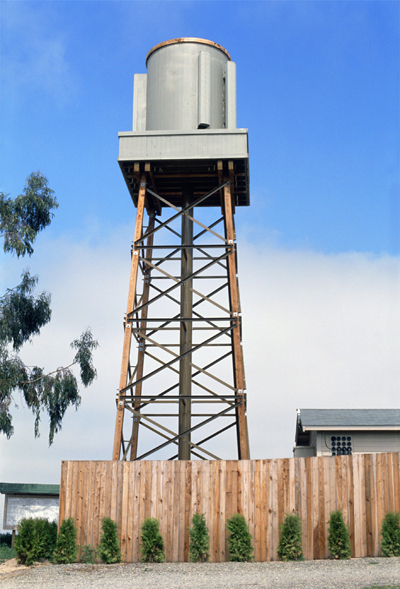
Peter Scott, the director of Carriage Trade Gallery, described “Camouflaged Cells Concealment Sites” as an, “almost deadpan treatment of the towers, photographed straight on and filling the frame, [which] lends her subjects the quality of portraiture.” The towers are certainly the unadorned subjects of each photograph, but they are more than mugshots. Rather, as landscape, “Camouflaged Cells” captures a level of the iconic, as well as ironic, beauty and power of these particular objects—palm, cactus, water tower, cross—because each subject is emblematic of its region’s environment, of the variety that might be found in a tourist’s vacation photos or printed on a postcard, despite some being no more “natural” than a traditional cell phone tower.
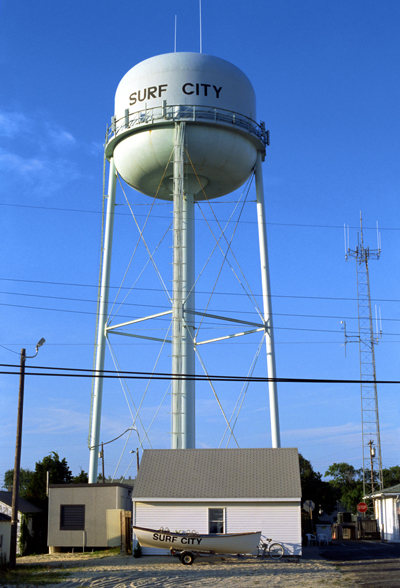
Beaumont’s series evokes not only the aesthetic but also the health-related controversies surrounding cell phone towers. By cloaking these devices in the community, the “Camouflaged Cell Concealment Sites” series raises the question of whether or not a connection exists between health and cell tower/phone RF energy. RF energy is a form of radiation, speculated by some to be linked to an increased rate of cancer. This would make living near camouflaged cell phone towers something akin to living beside a power plant or similar source of cancer-causing pollution. Despite the rapid increase of cellphone users, however, the technology is claimed to be too newly introduced into the environment to conclude its effects. Though many books and articles have been written on the subject, both pro and con, no concrete evidence yet exists proving that cell phones cause cancer. At the moment, all that seems clear is that most of us are as reluctant to do away with cellular communication as we are to spoil our views.
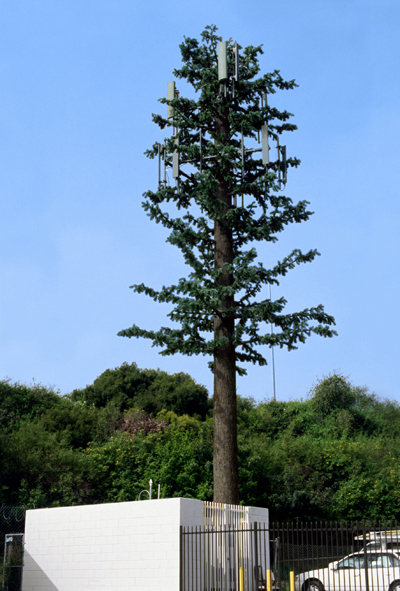
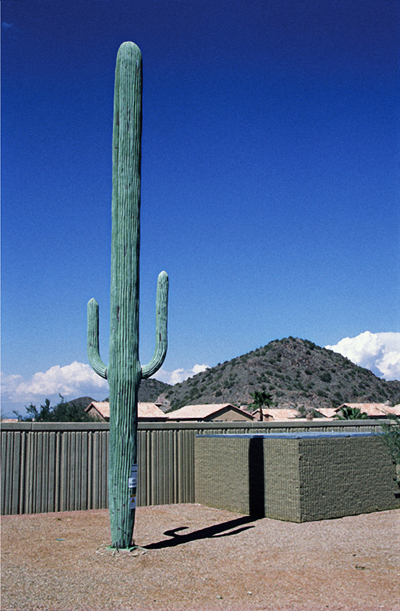
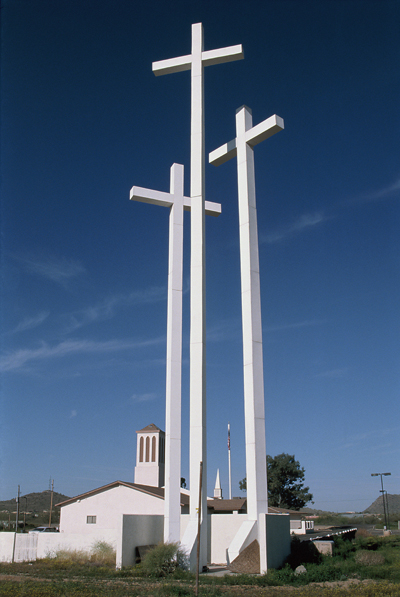
 Betty Beaumont, a conceptual artist and an interdisciplinary thinker, has been actively involved with solution-based sustainability strategies for over four decades. Her photography, installations and interactive media works are shown in museums in New York and internationally. Beaumont has taught at the University of California at Berkeley, New York University, and at Columbia University.
Betty Beaumont, a conceptual artist and an interdisciplinary thinker, has been actively involved with solution-based sustainability strategies for over four decades. Her photography, installations and interactive media works are shown in museums in New York and internationally. Beaumont has taught at the University of California at Berkeley, New York University, and at Columbia University.

0 comments on “Photography: Beaumont”